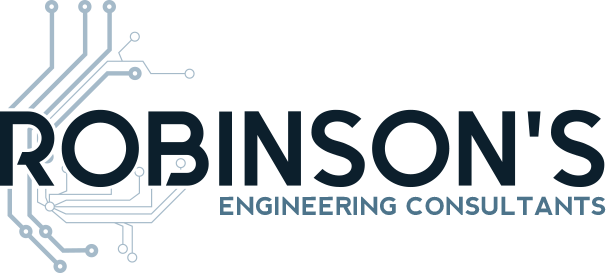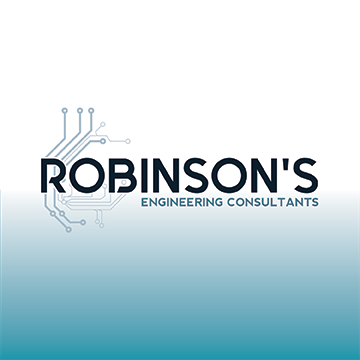How Does EMI Affect Wireless Communications Systems?
With an ever-increasing reliance on digital communication and connectivity, innovative methods evolve to meet these communication demands. Electromagnetic transmission systems power information technology applications such as cordless devices, wireless networking, and satellites among many others. As the usage of these devices rises, so does electromagnetic radiation within the electromagnetic system in which the systems operate.
What Are the Sources of EMI?
Electromagnetic interference affects wireless communications systems in many ways, including magnetic and radiofrequency disruptions and intermittent system failures. The most common causes of wireless interference are electrical equipment and transmitters. Ultimately, EMI sources can be broken down into some distinct categories: incidental interference, external noise, intermodulation distortion, spurious emissions, adjacent channel interference, environmental interference, band congestion, and intentional interference. While wired data links, such as fiber optic or cable, can offer a certain degree of protection from interference and noise, how can engineers determine the source of EMI and are they equipped with the right prevention methodology to address the issue once and for all?
Major EMI Dangers In Wireless Communication
Electronic devices like computer equipment and servers can be affected by the electromagnetic fields emitted by everyday small-scale devices like fluorescent lights and cell phones, and larger sources of interference like telecommunication signal facilities at airports and railways or high power lines, among others. Did you know the effects of high-level EMI interference can be catastrophic? In some cases, electromagnetic interference from wireless communication can interfere with important systems like GPS used for both navigation and positioning or medical devices responsible for remote patient monitoring. One of the most destructive sources is EMP or electromagnetic pulse. EMP permanently disables electronic devices within the reception area of the emanated signal. EMP radiation can come from either a non-nuclear or nuclear origin, resulting in fields that couple with other electronic systems and result in damaging currents and high voltage surges. For these reasons, among many others, specialists like engineering consultants are trained to efficiently and effectively find and block electromagnetic interference and to ensure that it doesn’t occur in the first place.
Top EMI Solutions for Wireless Communications
How do engineering specialists ensure that harmful EMI’s are handled with the proper countermeasures from the get-go? Wireless communication technology relies on a broad range of the electromagnetic spectrum, from very high frequency to high-frequency microwave and optical transmission. The noise and interference vary depending on the segment or frequency of the electromagnetic spectrum. Properly addressing these concerns requires an emphasis on the design of wireless data link parameters to address communication requirements and signal interference.
Professional engineering consultants offer real-time, hands-on experience and unrivaled expertise in electromagnetic management and electronic component design. These specialists rely on a number of techniques to counter the effects of EMI on communications systems. For example:
Source Elimination
Effectively removes interference by identifying and eliminating the interference.
Shielding
Components are effectively shielded from interaction with electromagnetic energy with the use of shielding products like coatings, compounds or metals, in order to minimize or eliminate EMI.
Grounding
Grounding and bonding assure the effectiveness of shielding. A grounding point provides a degree of protection from noise and interference and acts as a common reference point for a device.
Filters
Filters allow only selected frequencies to pass through connected devices and reject frequencies outside of the filter parameters.
While solutions may be more complex when interference originates from a combination of multiple courses, a specialist is equipped with the knowledge and experience to mitigate considerable effects on data rates, reliability, and connectivity.
Can Engineers Handle Pesky Wireless Communication EMI?
The cost, design and compliance concerns of proper EMI mitigation plays a large role in the application of successful solutions. Engineers that stay ahead of the curve and get involved in the design process of techniques like shielding can achieve great success regardless of complex applications. Elements like environment, temperature, noise, certifications, and size must fully be considered to find cost-effective and efficient solutions. As companies shift to more multidisciplinary approaches, they will be better equipped to address evolving wireless challenges. For this reason, outsourcing design work to a specialist can help engineers bridge varying design domains.
How To Find The Right EMI Mitigation Specialist
Engineers are faced with plenty of challenges, especially with complex and increasing wireless standards. The various design domains do complicate already challenging and siloed domains. However, simply having a fundamental understanding of compliance testing requirements in other specialties can go the extra mile and conducting susceptibility assessments at the data link design phase is a great place to start. Lastly, working with highly specialized engineering consultants eliminates the guessing game and can help engineers take an idea from its conception through completion and onto product certification.
Are you ready to speak to a wireless EMI engineer specialist? Schedule a consultation with Robinson’s Consulting to learn more.


Leave a Reply